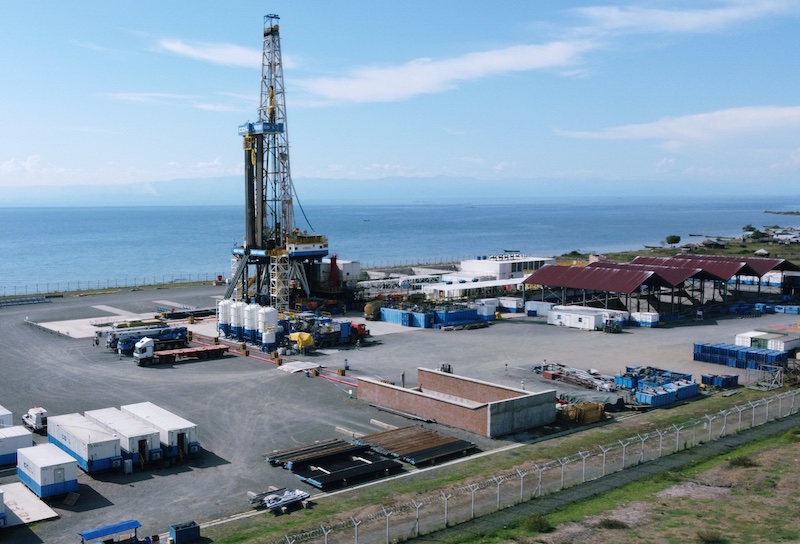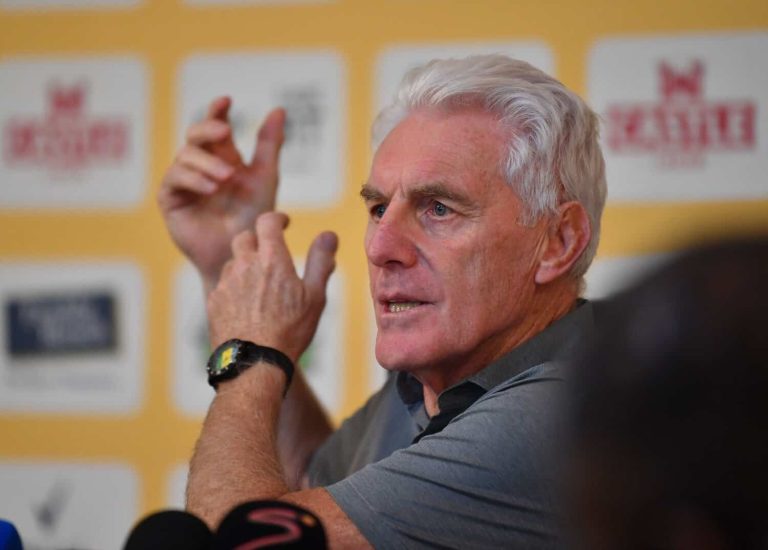
Uganda’s long-awaited dream of producing its first barrel of oil is set to become a reality by July 2026, according to John Bosco Habumugisha, deputy managing director of the East African Crude Oil Pipeline (EACOP).
Habumugisha revealed that the milestone follows the successful drilling of 15 oil wells at the Kingfisher Development Project, the minimum number required to begin production. He said progress on the pipeline construction is also advancing steadily.
“We are building an intelligent, innovative, and sustainable pipeline powered by hydropower,” Habumugisha said. “By the second half of next year, we expect to complete the project and start talking about Uganda’s first oil.”
The Kingfisher project, operated by the China National Offshore Oil Corporation (CNOOC), involves drilling 31 wells across four well pads. Of these, 20 are designated oil producers, while 11 are water injectors that will maintain reservoir pressure and enhance oil recovery.
According to Dennis Mulondo, a geologist at the project site, drilling has so far reached 16 wells, with 15 already cased and cemented, a critical step that ensures the wells remain structurally stable.
“All the 13 oil-producing wells have successfully encountered oil. The project is currently ahead of schedule, and we’re optimistic about achieving first oil soon,” said Mulondo.
He added that while the production threshold has been met, key infrastructure including the refinery and the EACOP pipeline is still under construction.
“The president is keen on ensuring not all oil is exported, hence the priority on the refinery,” he noted.
Technology and Environmental Safeguards
To minimize environmental impact, drilling is conducted in isolated sections, and all waste materials such as drill cuttings are sealed and transported to the NEC-operated HBP Waste Management Facility for safe disposal.

“We drill while simultaneously casing the well. This prevents materials from contaminating the ground,” explained Mulondo.
Initially, the company relied on diesel to power operations, consuming about 1,400 litres daily. However, the facility has now been connected to the national electricity grid, reducing diesel consumption by half.
To further offset emissions, 1,071 trees have been planted on 3.14 hectares, with the eight species expected to absorb 7.5 tonnes of carbon dioxide in five years, and 20 tonnes within a decade.
Central Processing Facility
Oil from the wells will be processed at the Central Processing Facility (CPF), where it will be separated from water and sand before export. Construction of the CPF is now 93 per cent complete, according to Tonnie Dickson, the site’s piping engineer.
The CPF will host a range of systems, including: Crude oil and gas treatment units, storage and export facilities, LPG production and storage, water treatment and injection systems, power generation, heating, firewater, and chemical injection systems.
Flowlines are currently being laid to connect the drilled wells to the CPF. Once processing is complete, the crude will be transported via a 48-kilometre feeder pipeline to Pump Station One in Kabale.
“You can’t start production yet because vital components like the CPF and EACOP are still under construction. For now, the oil stays in the ground; it’s the cheapest way to store it,” Mulondo said.



